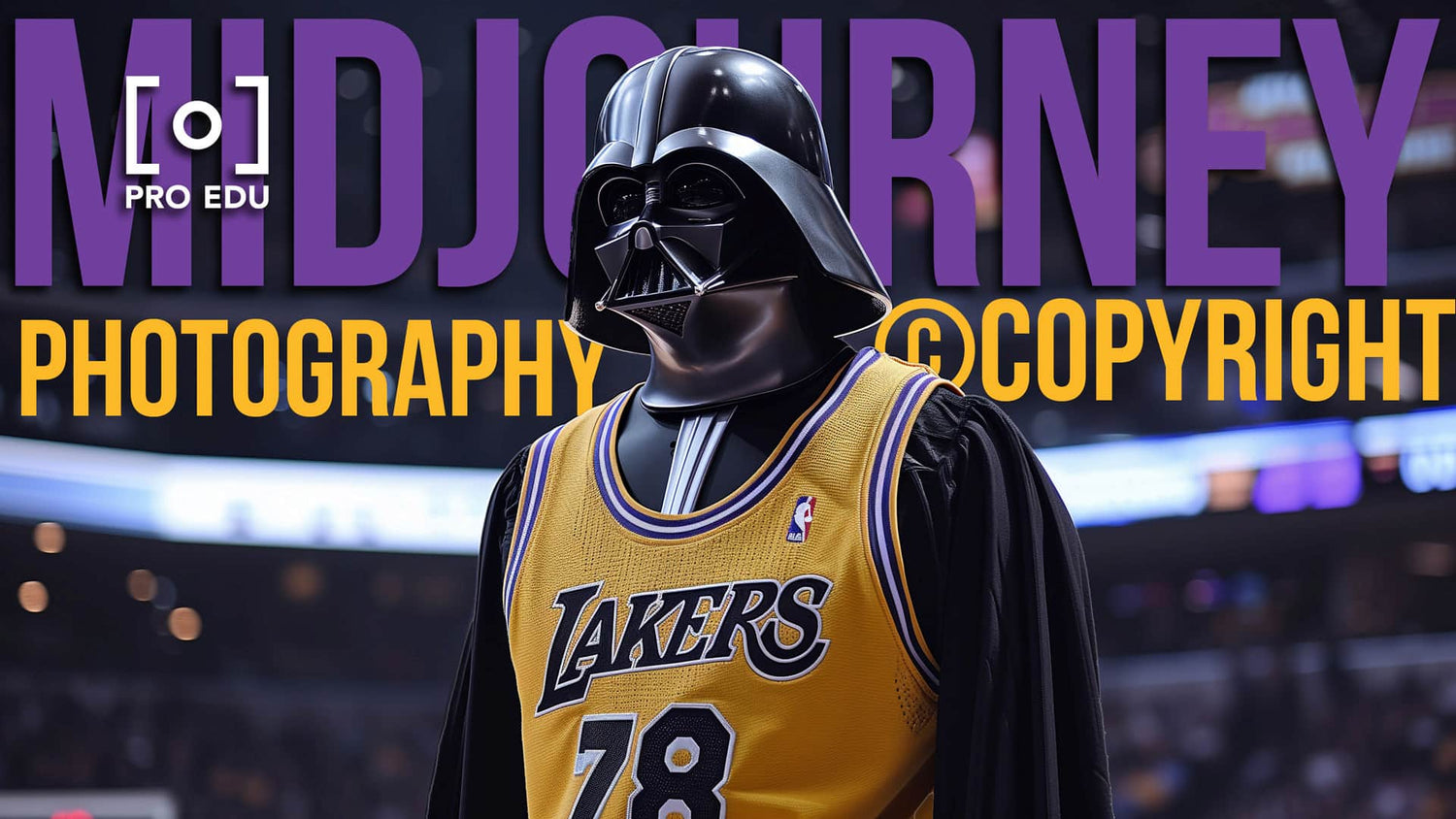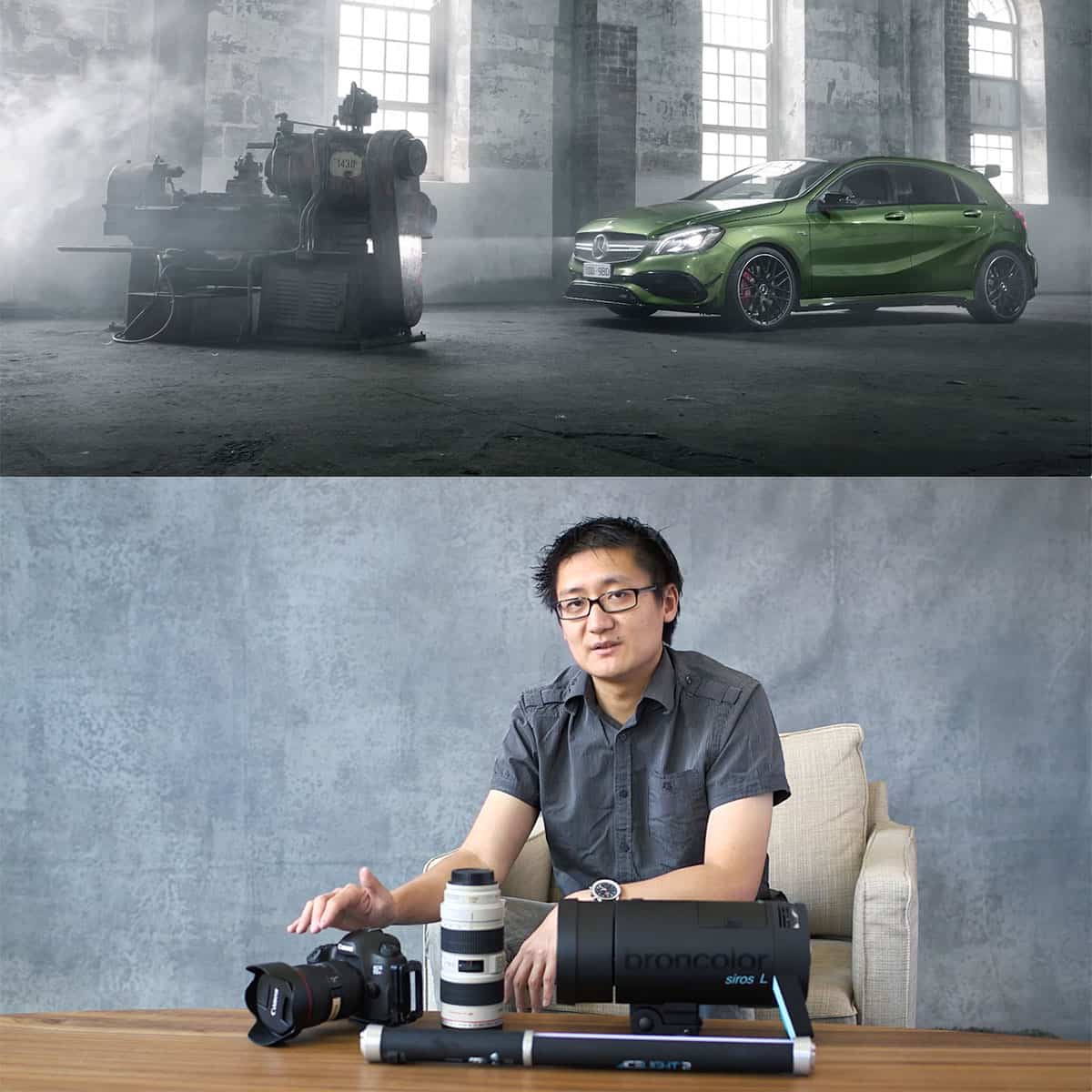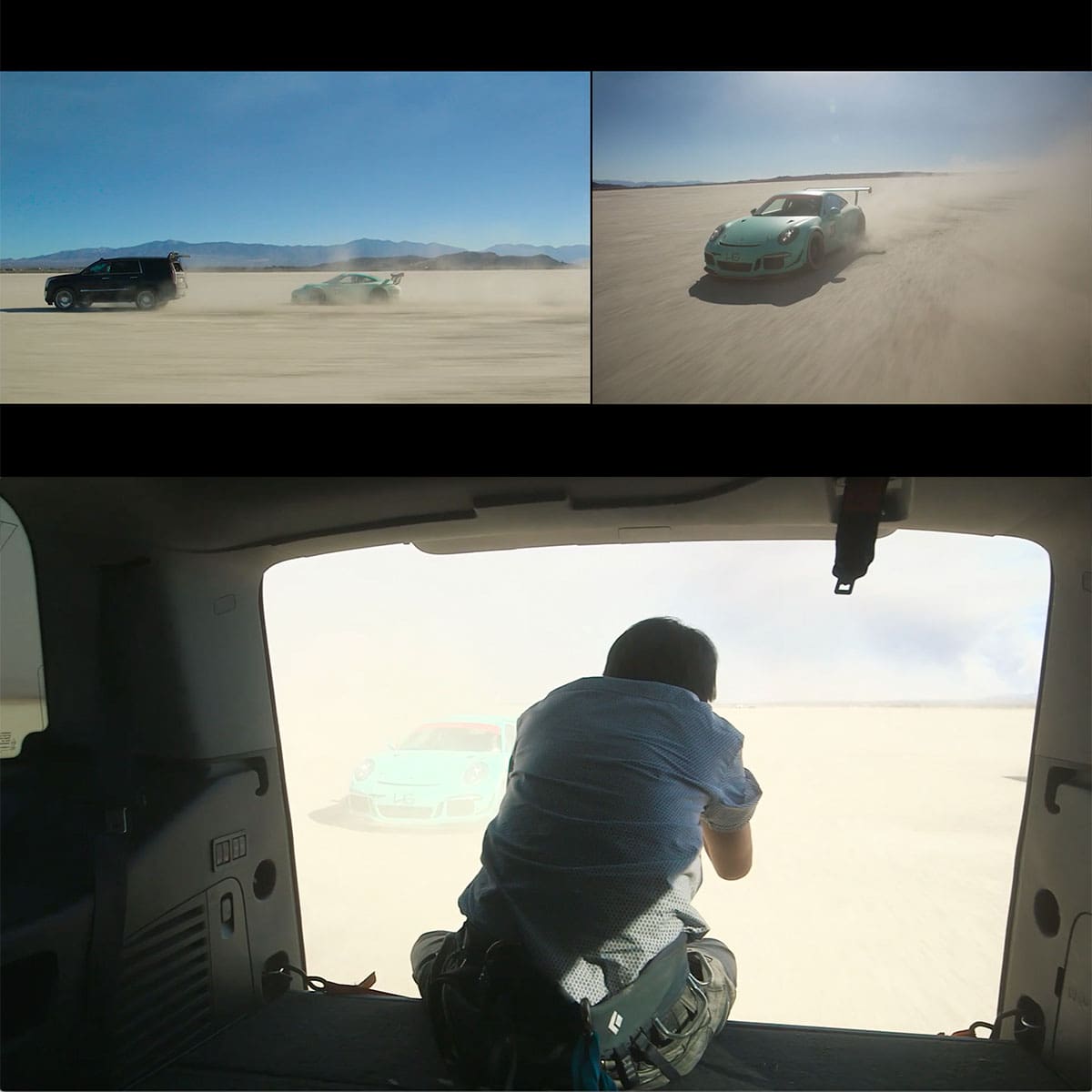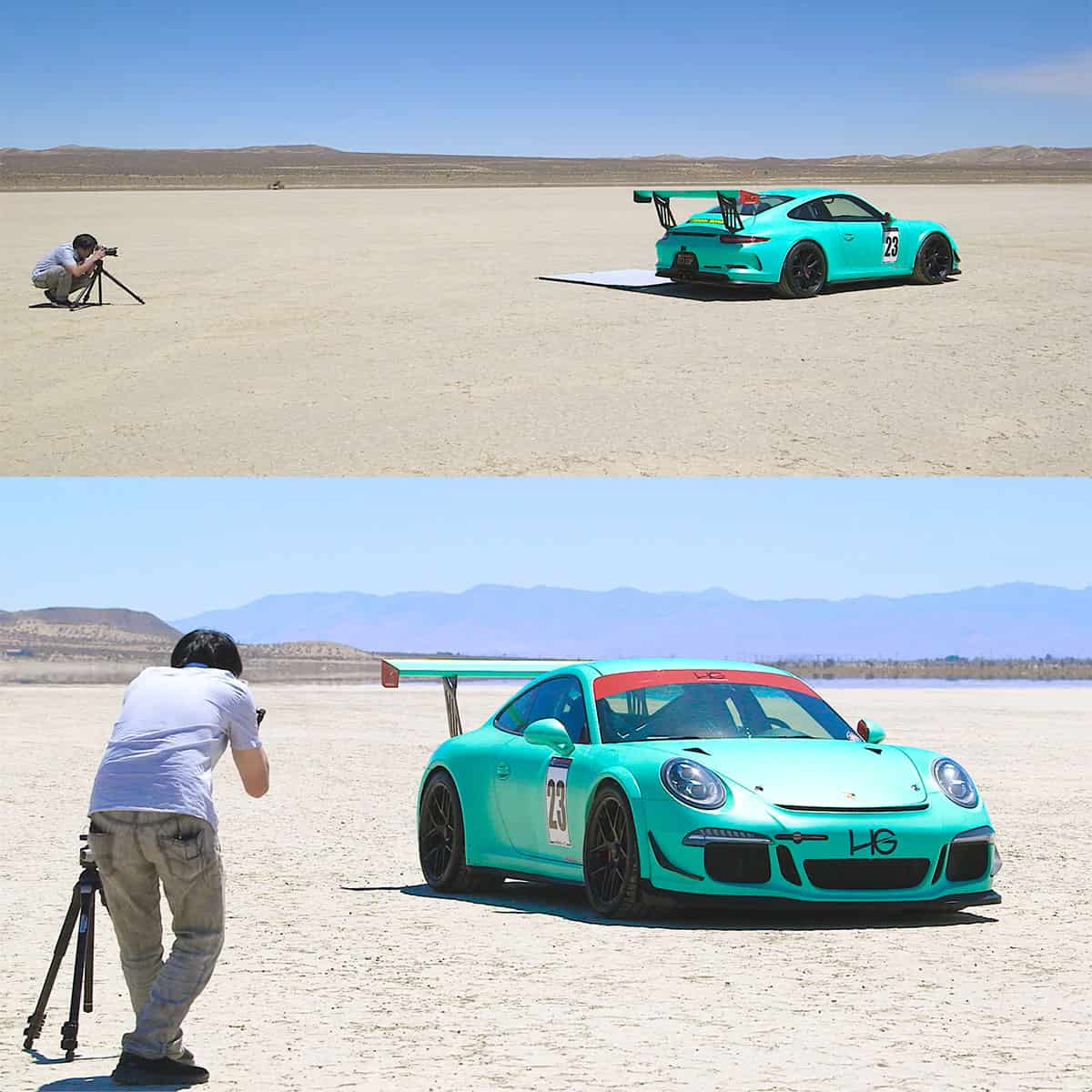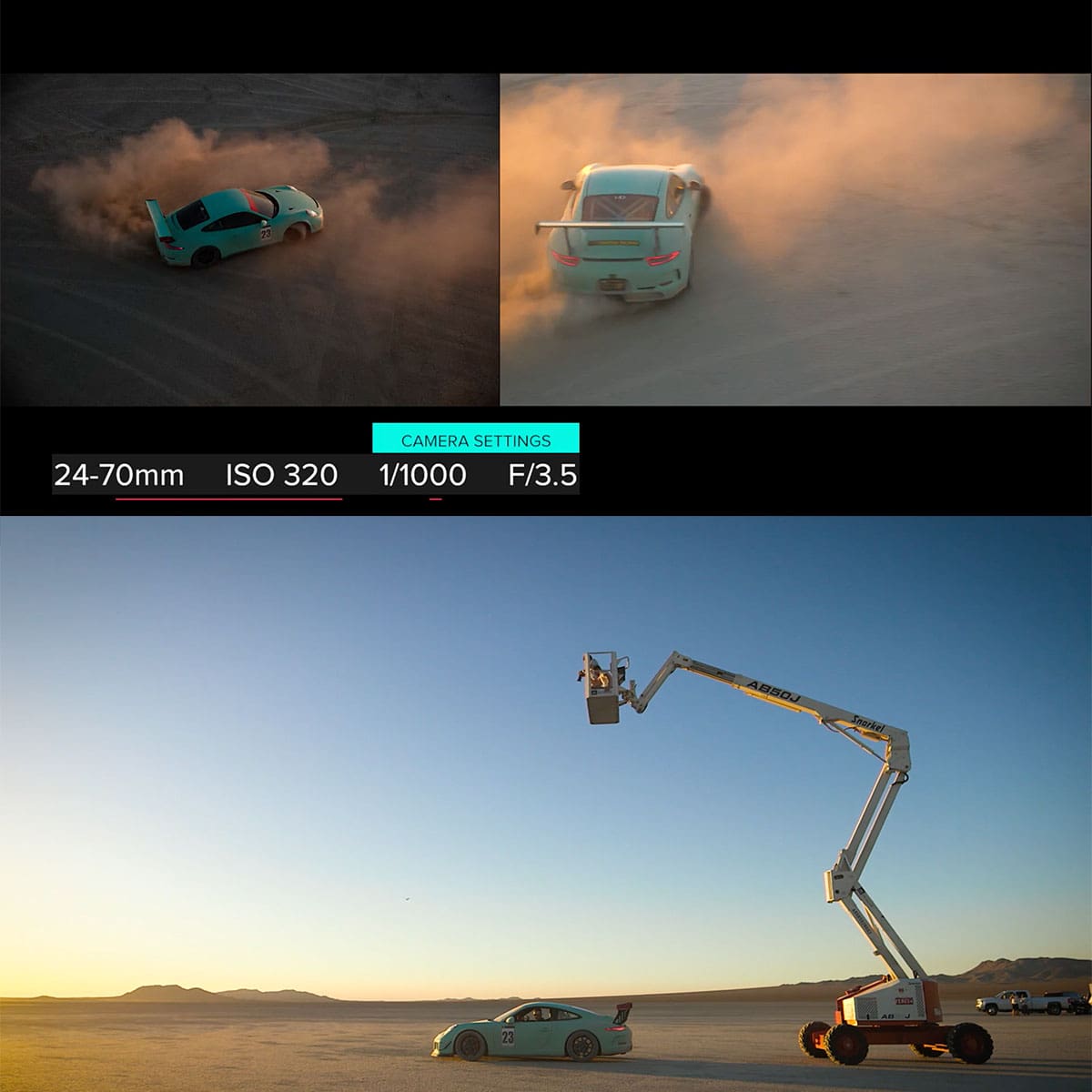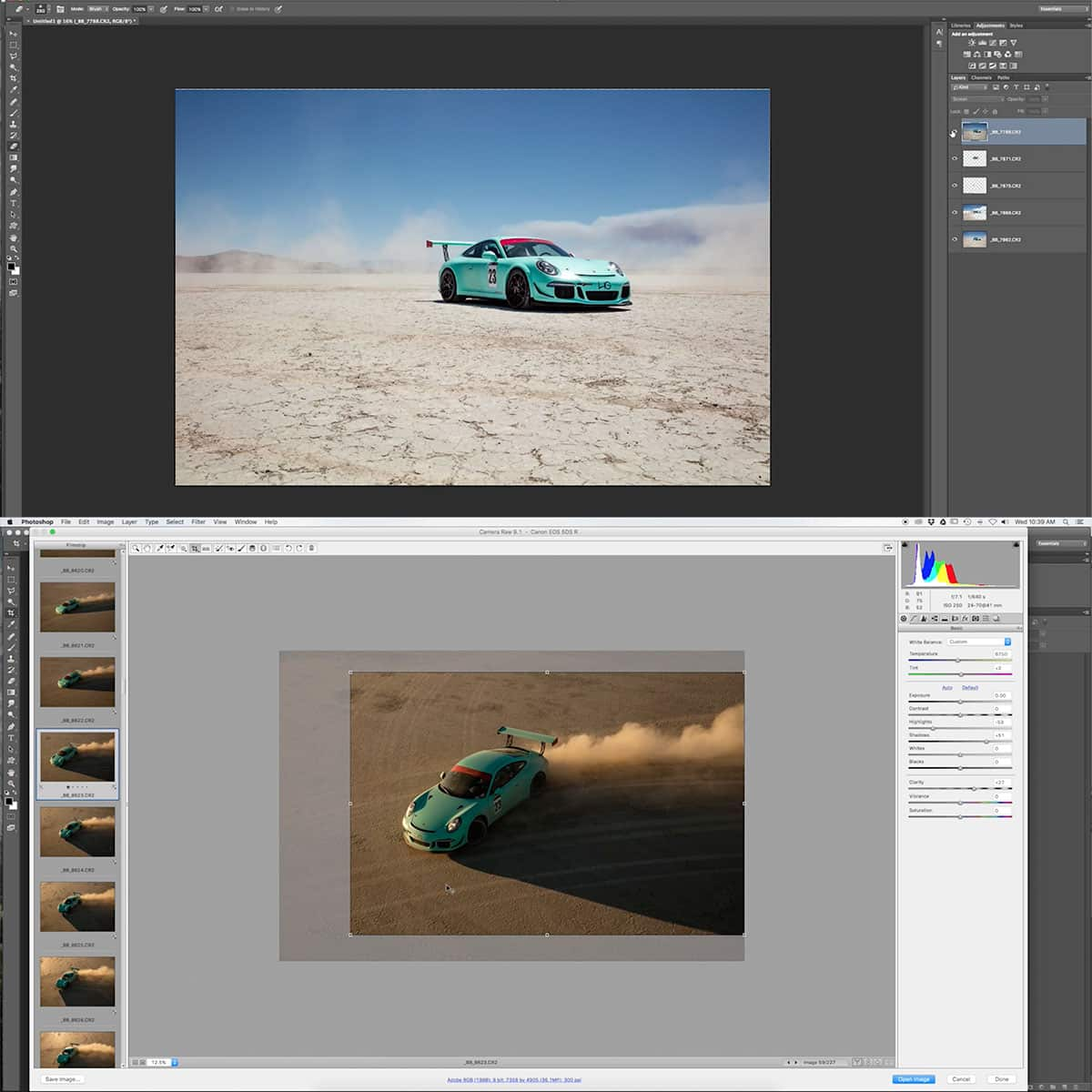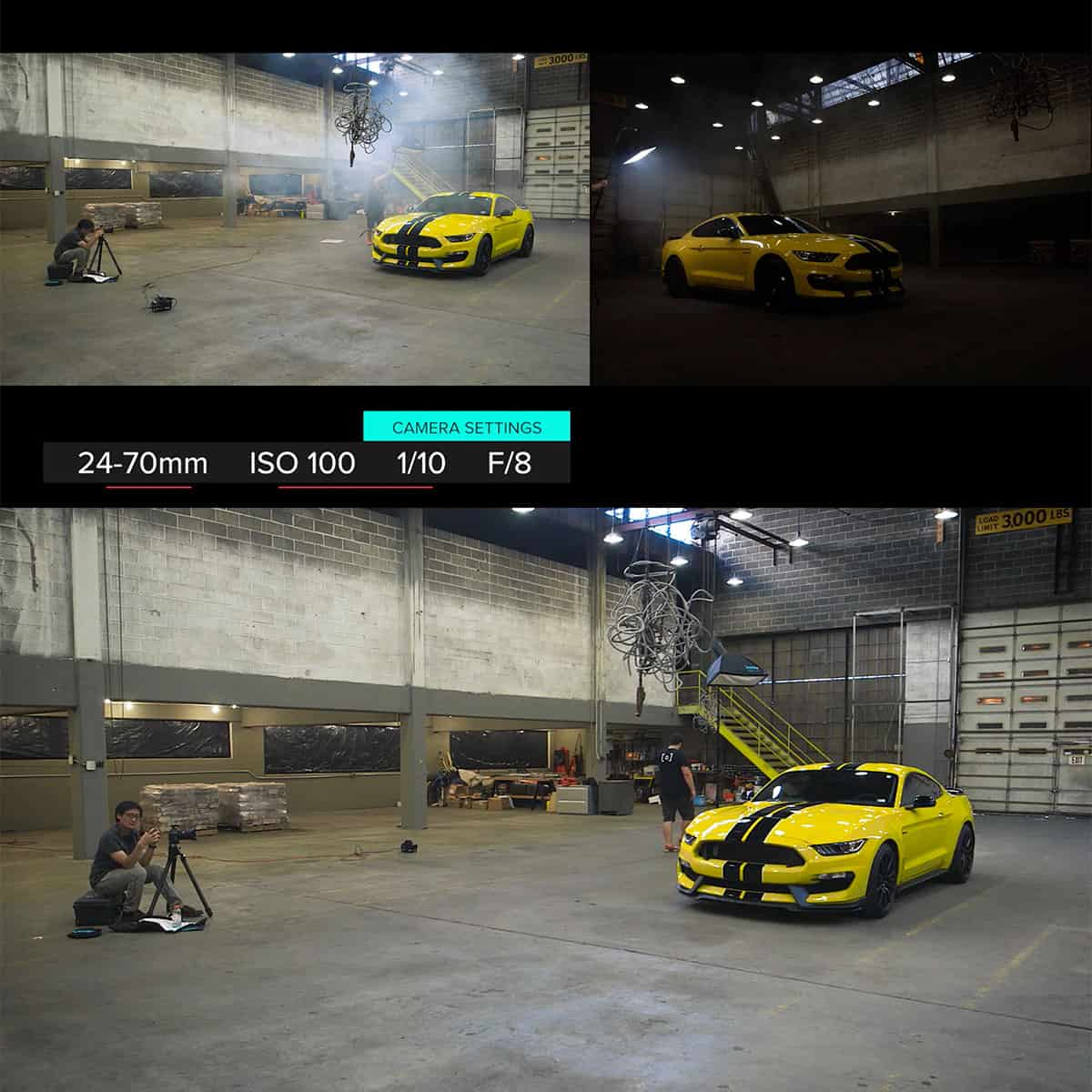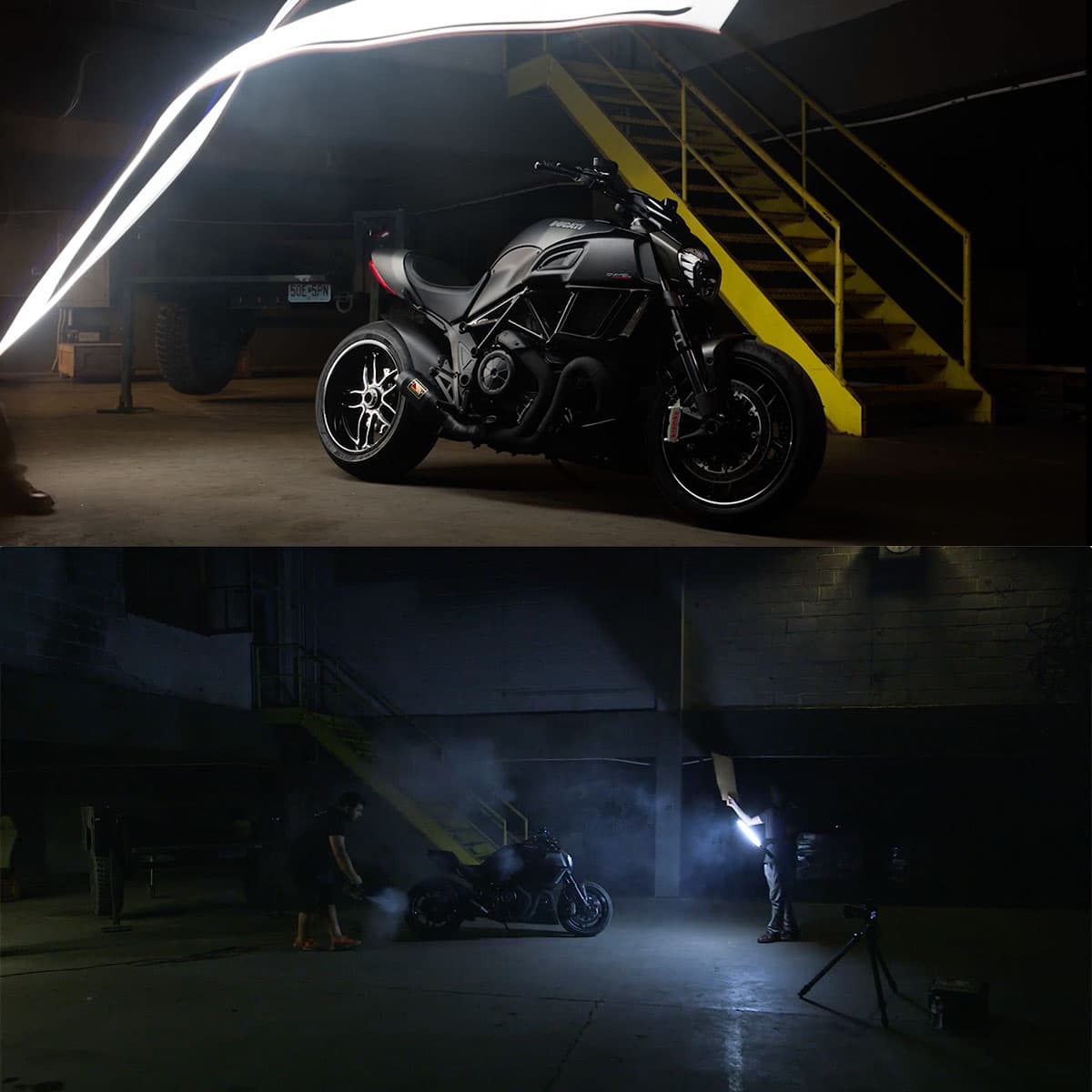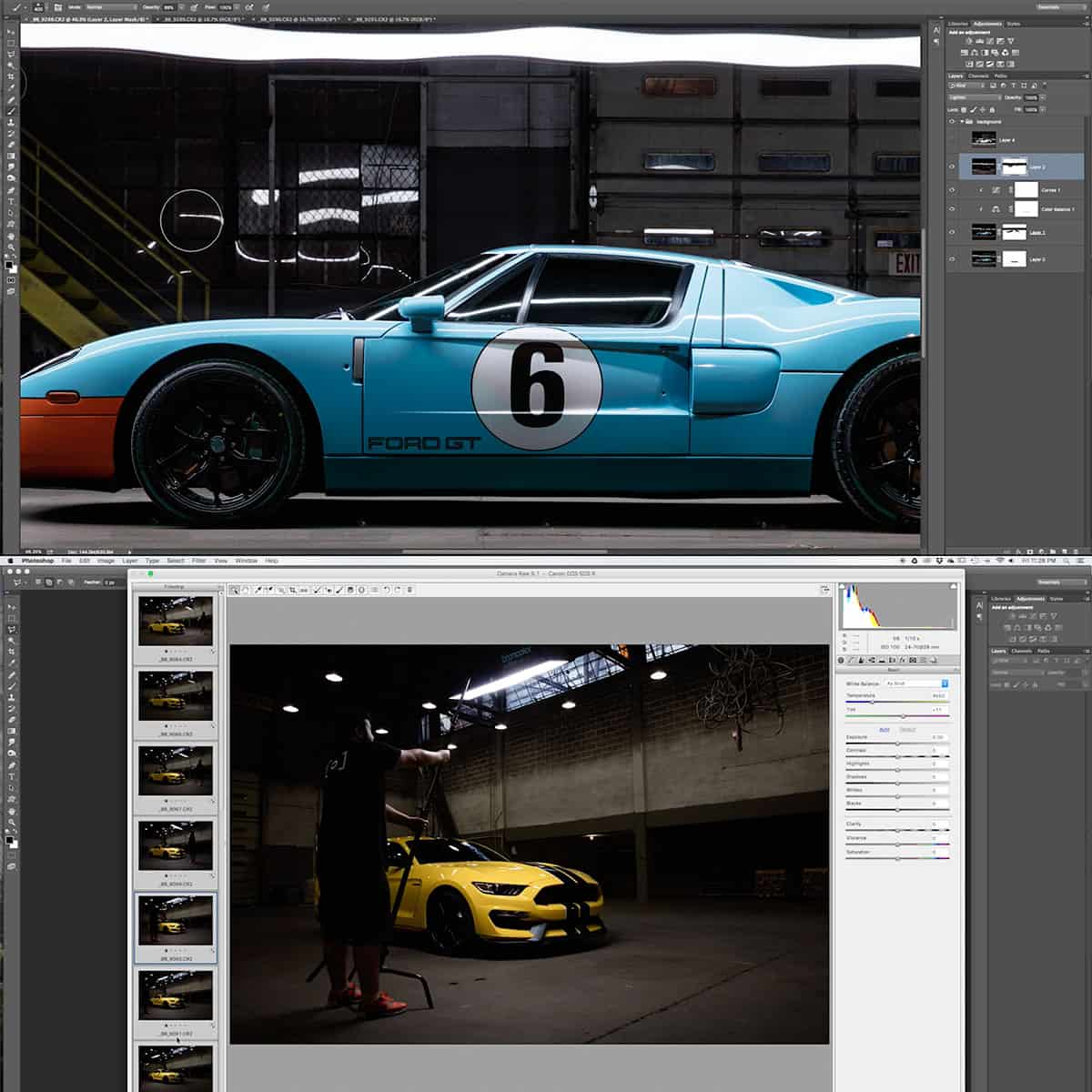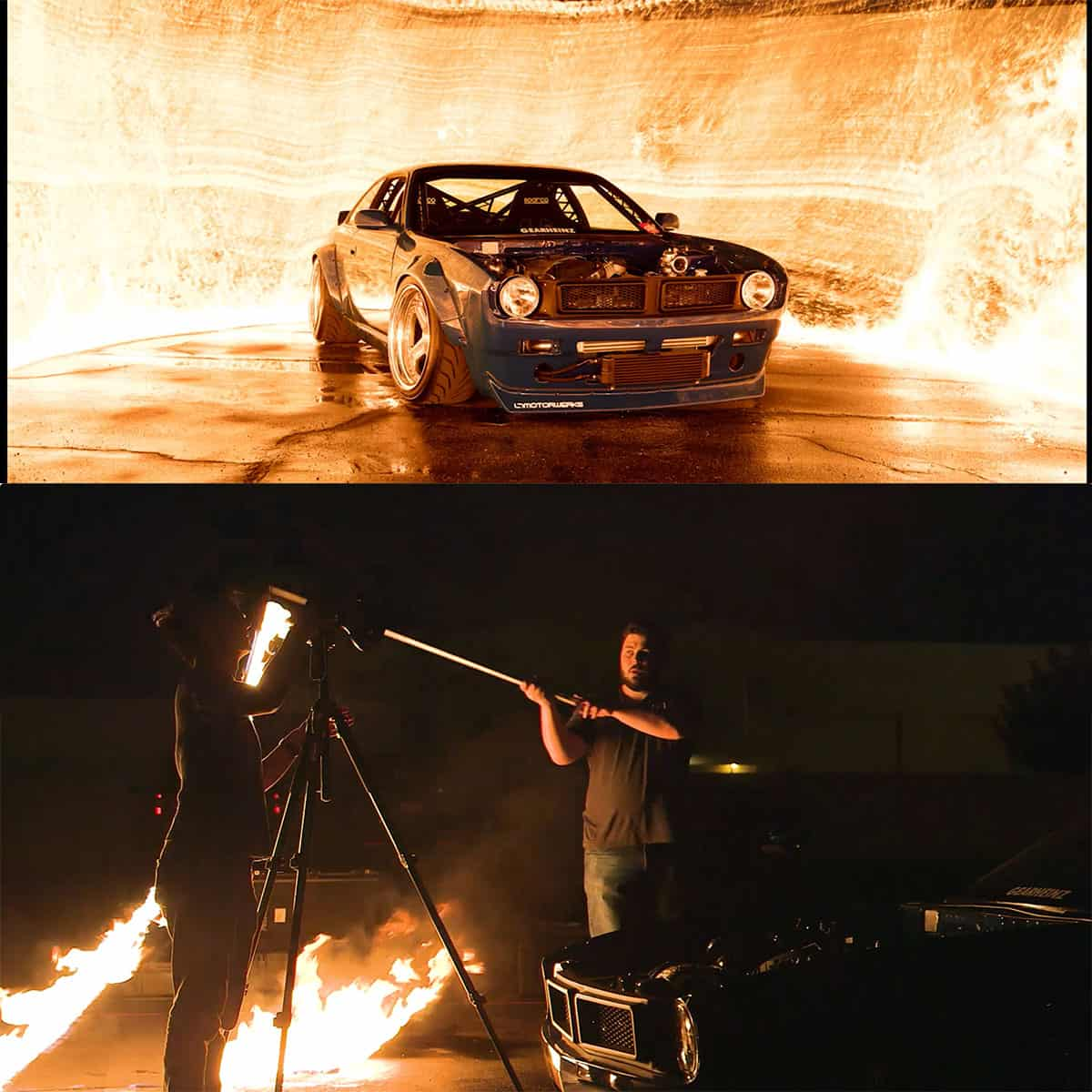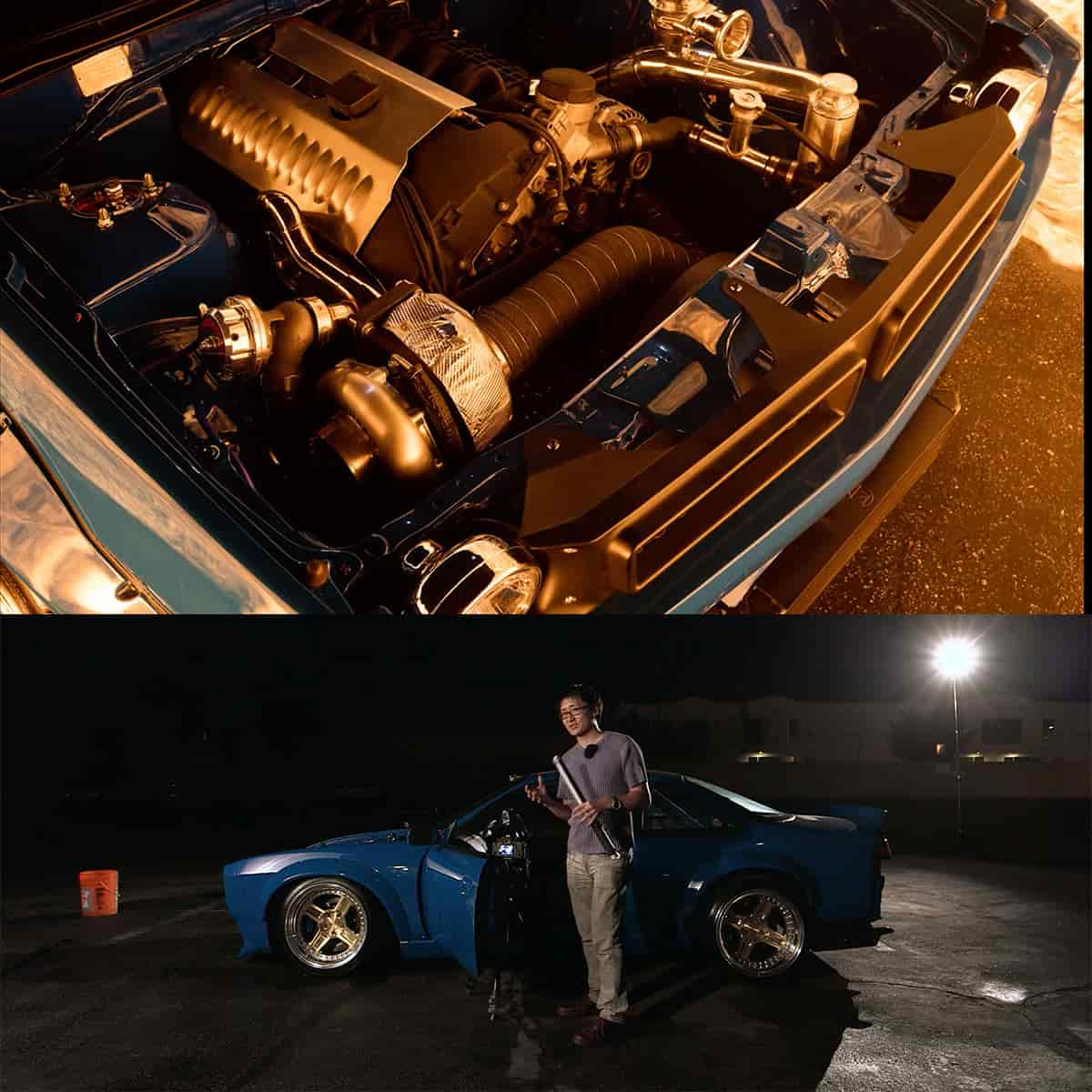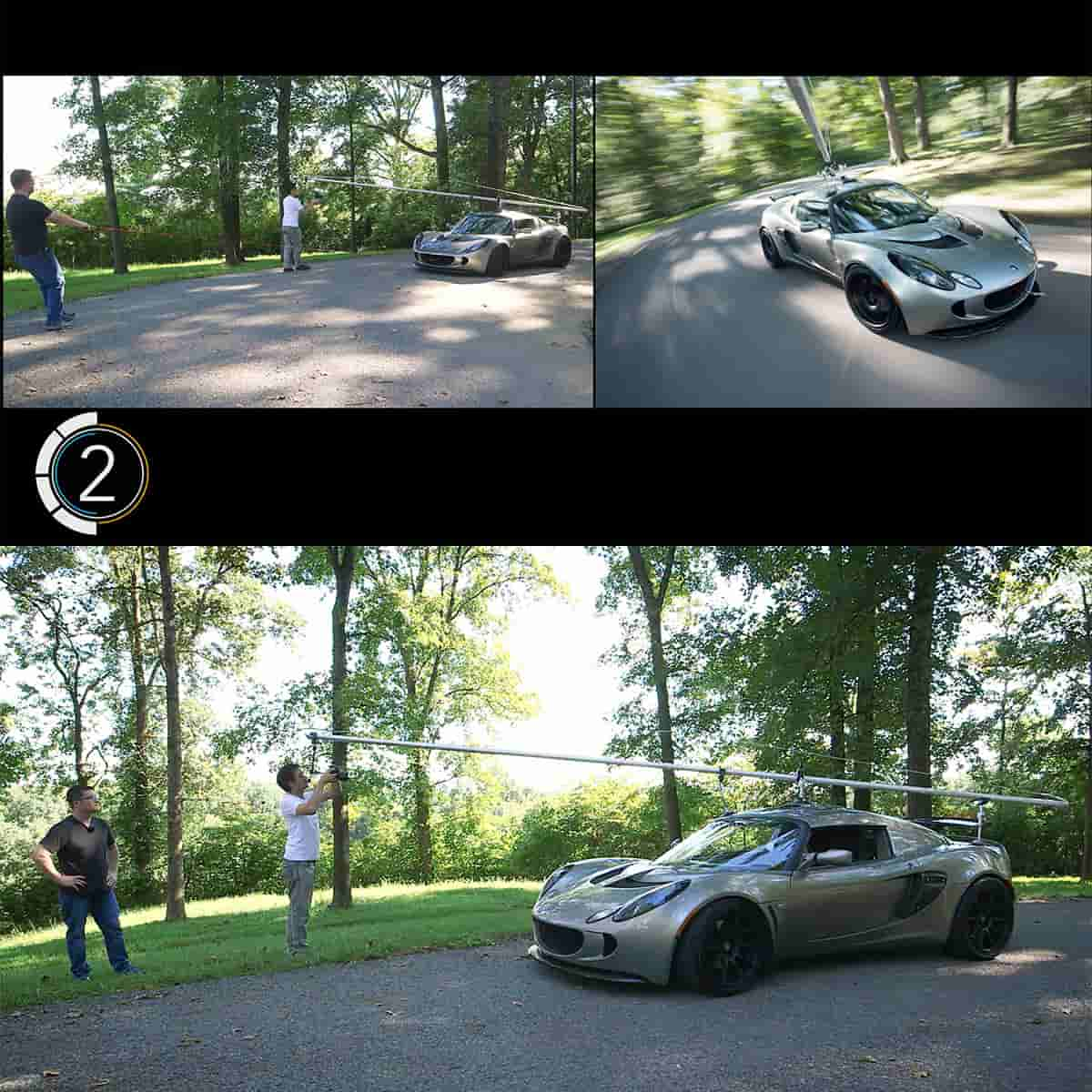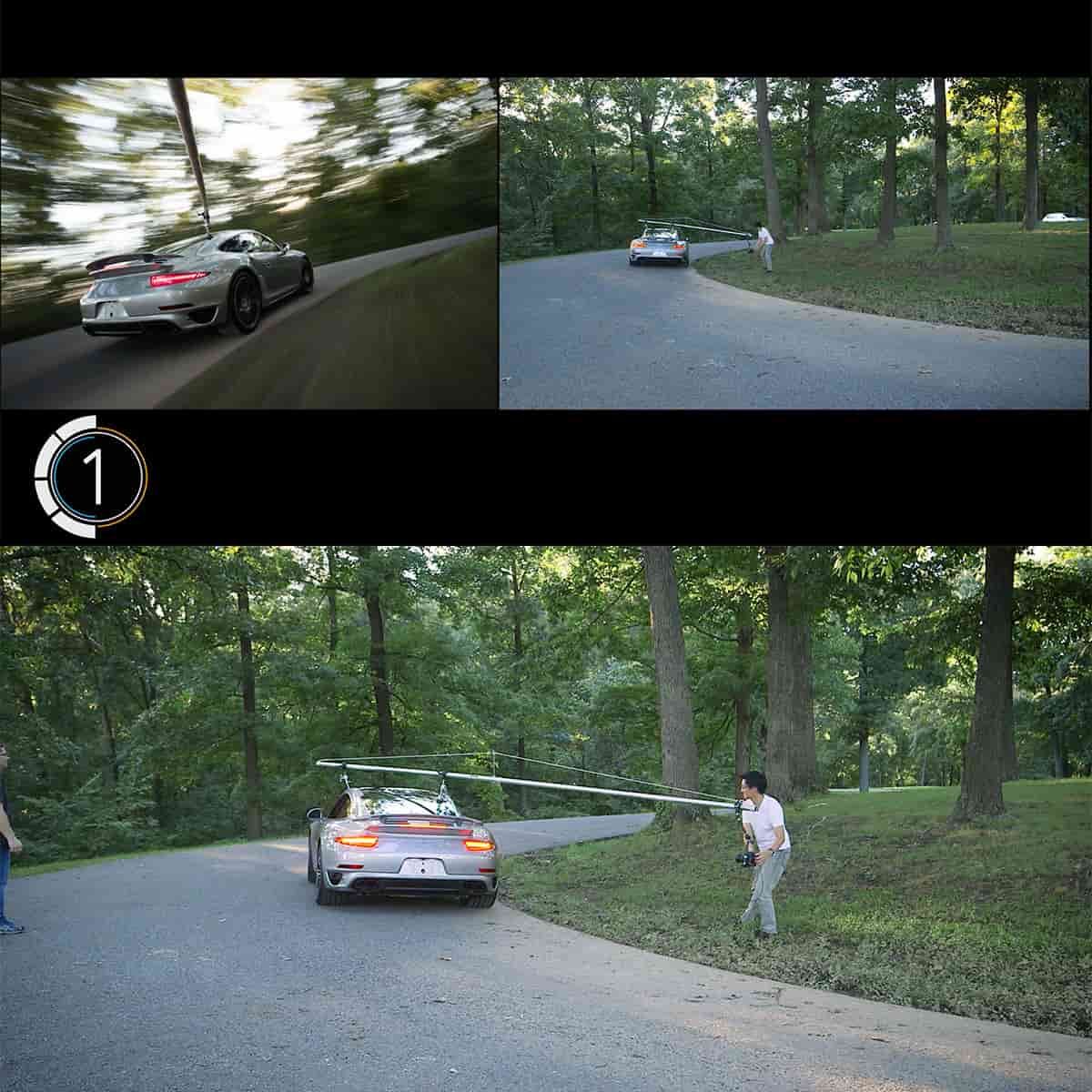Midjourney Copyright For Photographers: Navigating Rights and Licensing
In this digital age, where the boundaries of photography are being redrawn against human authorship, we find ourselves at a crossroads of challenges and opportunities. It's a brave new world for both the up-and-coming and the seasoned photographer, a world where artificial intelligence tools like Midjourney aren't just tools; they're game-changers helping human authors create.
Here's the crux: Midjourney is more than a platform; it's a revolution in AI art generation. But with great power comes great responsibility, especially in understanding the intricacies of copyright laws. This isn't just about knowing the rules; it's about mastering them in a landscape that's constantly evolving.
Think about it. Midjourney isn't just enabling creative expression; it's redefining it. For photographers, this means treading into uncharted territory where the lines between human creativity and AI-generated art blur on works created. It's not just about creating; it's about owning your creation in a world where intellectual property rights are as complex as they are crucial.
This is the new frontier of photography in the digital age. It's an exciting time, but it's also a time that demands a keen understanding of the legal landscape in regards to copyright protection. As photographers, we're not just capturing images; we're navigating a world where innovation meets regulation, where the art of the future meets the laws of today.

Prompt: an image of darth vader as a player on the NBA team the Los Angeles Lakers, --ar 16:9 --s 50 --v 6.0 --style raw
Blending Midjourney with our photography workflows isn't just about enhancing creativity; it's about navigating a new legal landscape. Merging AI with traditional techniques brings forth crucial questions about ownership and copyright because ai generated artwork cannot be copyrighted.
It's essential, now more than ever, to forge best practices in this AI-infused era, ensuring our creative works are protected and our business decisions are informed. This isn't just a shift in how we create; it's a pivotal turn in how we protect and commercialize our art.
Key Takeaways
- Understanding copyright laws is crucial for photographers using AI tools like Midjourney.
- Integrating AI into professional work necessitates awareness of legal implications.
- Photographers must establish best practices for AI interaction to protect their work.
- We are approaching new frontiers in copyright and it's changing everyday and it's important to understand the ethical uses.
Understanding Copyright in Photography
In this section, we'll guide you through the fundamental legal principles of copyright in photography, focusing on the rights granted to photographers and the role of the US Copyright Office in protecting these rights with the Supreme Court. The last think you need is to be standing in front of a federal judge, so pay attention.
Legal Framework and Rights
Copyright in photography protects the creator's original works from unauthorized use. As photographers, we hold the exclusive rights to reproduce, distribute, and display our photos, as well as to create derivative works. Our legal framework accommodates both economic rights, which allow us to benefit financially from our work, and moral rights, which protect our personal connection to the photograph.
US Copyright Office and Registration
When it comes to registration, the US Copyright Office plays a pivotal role in issuing copyright to images created and or images generated. Although our copyright exists from the moment our work is created, registering with the US Copyright Office adds a layer of legal protection, making it easier to claim statutory damages in the event of infringement. It is important for us to register our works if we anticipate the need to enforce our copyrights either domestically or internationally.
Midjourney's Role in Photography
Midjourney is perhaps the best known generative AI and has revolutionized the landscape of visual arts, tightly intertwining photography with artificial intelligence to expand creative boundaries and redefine the artistic process for photographers wanting to create ai generated art.
AI Image Generator
Midjourney's AI image generator serves as a powerful tool enabling photographers to explore new horizons in image creation. By leveraging artificial intelligence, we can generate complex images from textual descriptions, providing a novel avenue to visualize ideas that may be challenging to capture through traditional photography methods.
Key features include:
- Style Emulation: Photographers can reproduce the aesthetics of famous artists.
- Idea Prototyping: Swiftly translate concepts into visual drafts.
- Variational Output: Produce multiple image variations for a single prompt.
Midjourney AI and the Creative Process
Incorporating Midjourney AI into the creative process offers artists the ability to augment their work with intricacies that might not be possible to achieve manually. This fusion of technology not only streamlines workflow but also injects a fresh perspective into the realm of photographic arts. By inputting specific keywords, we as photographers can mold the AI's output to align with our unique artistic vision.
- Inspiration Cultivation: Fostering creativity through exposure to AI-generated visual suggestions.
- Technical Augmentation: Enhancing photographic techniques with AI-generated components.
- Creative Collaboration: Viewing AI as a collaborative partner in the art-making process.
Photographers and Copyright
Photographs are a form of intellectual property, and as such, the original creators hold certain rights to their work, but not that this varies from the United States and other countries. Ensuring proper attribution and obtaining consent for use are pivotal for both respecting and protecting these rights.
Attribution and Ownership
We must acknowledge that, within the realm of copyright, attribution plays a crucial role in identifying and respecting the original creator of a photograph in any ai system. This is not just a courtesy but a legal acknowledgment that can hold weight in disputes over intellectual property. When photographers claim ownership, they're asserting their legal rights to be recognized as the source of the work and to control how their photographs are used. An entity cannot use a photo without proper acknowledgment of its creator, a practice that is often enforced through copyright law.
Protecting Work and Consent
Consent stands as a foundational element in the usage of photographs. As photographers, we must protect our work by stipulating how others can use it, often through licenses or contractual agreements. If an entity wishes to use a photograph, they must obtain consent from the photographer—who maintains the right to allow or refuse the use—often determined by the specifics of the licensing terms. Without securing proper consent, the use of a photograph might infringe upon the copyright held by the original creator, leading to potential legal action.
Steven Thaler & Views On AI Authorship
Stephen Thaler, a notable figure in the debate over AI and intellectual property rights, has made several statements regarding his stance on AI-generated patents and copyrights. In one of his legal battles, Thaler argued that rejecting AI-generated patents "curtails our patent system's ability — and thwarts Congress's intent — to optimally stimulate innovation and technological progress." This statement reflects his belief in the potential of AI to contribute significantly to various fields, ranging from medicine to energy, and his concern that not recognizing AI creations could hinder technological advancement


